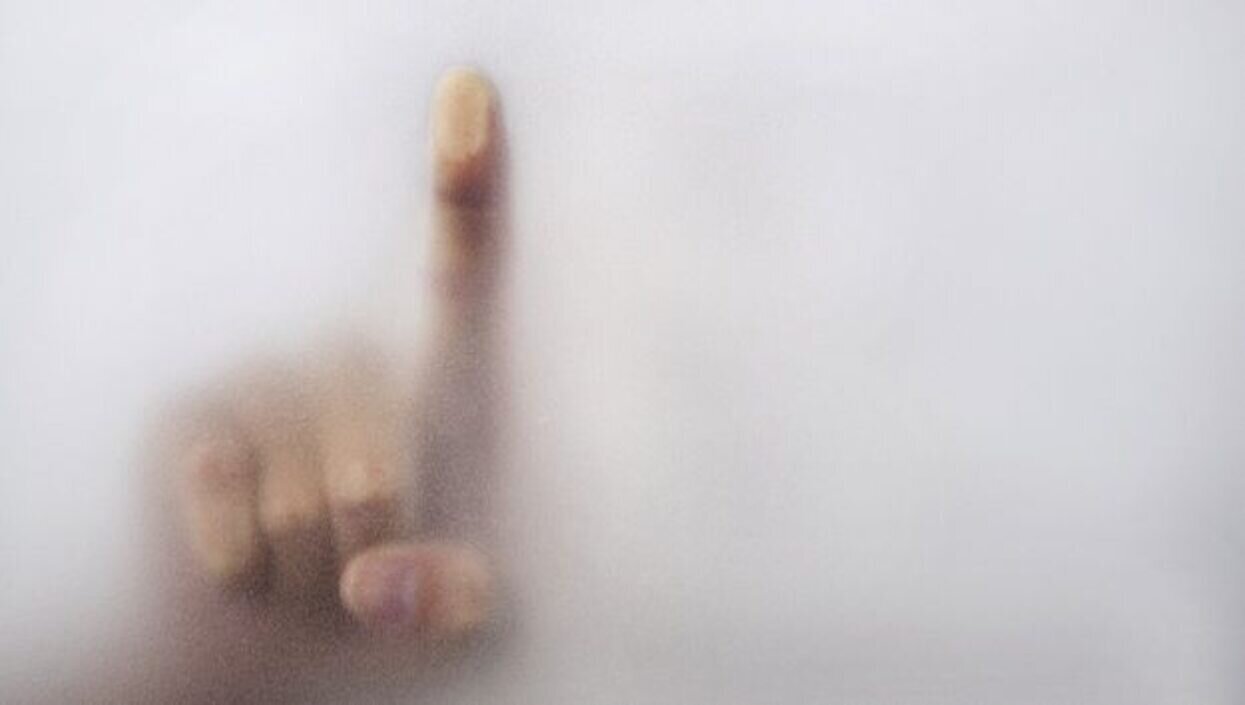
Printing on glass is an innovative use of a substrate which covers building materials, packaging, furniture and automotive applications.
The function of the glass will also determine the overall finish and design; for instance a standard glass window will be different to glass used for packaging such as a drinks bottle. Printing on glass and glass decoration can be achieved in a number of ways; the most common method being screen printing.
There are many different options around today for glass decoration, including frosted glass and patterned glass, while developments in speciality inks, including thermochromic, fluorescent, phosphorescent and metallic inks, broaden the opportunities for customisation.
Glass Printing
Glass printing covers a vast array of applications from decorative to architectural. For many years glass has been screen printed, as the adaptability of this process in terms of format, size, shape and end-use makes this an ideal solution.
However, more recently, glass printing has embraced the benefits of digital inkjet technology to address the need for single pieces and short runs. Digital printing can be particularly beneficial for glass applications such as imaging on building windows, doors, interior design features, splashbacks and shower screens.
In the commercial and domestic interior design environment, glass can solve a range of creative and functional challenges. For example, printed glass can be used to diffuse unwanted light, offer UV protection and add security while on the decorative side, glass can add colour and brighten up interiors with partitions, room dividers or feature walls. What’s more, the advent of sophisticated window graphic films means it is now possible to use glass as a backdrop for creative digitally printed graphics which can easily be replaced as needs or tastes change.
Packaging
Glass is a commonly used packaging material for items such as bottles, food containers and cosmetics. However, more often than not the brand/product information is printed onto a label rather than direct to glass.
A Europe-wide survey carried out in 2010 by research consultancy InSites on behalf of FEVE (European Container Glass Federation) found that glass remains the consumers’ preference for food and drink for three key reasons: it preserves the taste of its contents, it’s considered healthy and safe and it’s perceived to be environmentally friendly.[1]
The study also highlighted that consumers prefer glass because their favourite brands use glass packaging. This shows how the choice of glass as a packaging material contributes to brand identity, perception and recognition.
As shelf stand-out becomes more important, brands can explore several techniques for making glass packaging more impactful at the point of purchase.
For items such as chilled food & beverages, thermochromic inks can provide a fun and creative way to promote a product. With these heat-sensitive inks, once the surface of the glass reaches a specific temperature it will trigger a colour change. This could be especially effective as a promotional gimmick for drinks launched in the summer; for instance when they get too hot in the sun they will change colour or when they reach optimum temperature in the fridge a hidden image appears to signal that they’re cool enough to drink.
Other effective glass decoration techniques include a frosted effect, applied by an acid dip process to leave the surface permanently frosted. This can then also be decorated using other glass decoration techniques such as embossing. Metallic inks can add the wow factor to a product, producing a rich metallic effect ideal for premium products such as luxury foods, beverages and cosmetics.
A growing packaging trend this year is personalisation. Many companies are today offering personalised products and marketing promotions, such as the highly popular Coca Cola ‘Share a Coke’ campaign. So, with the consumer appetite for personalisation, how can this be applied to glass products?
As highlighted above, the FEVE/InSites survey showed that most consumers prefer glass packaging, so could brands be using this information and implementing personalised packaging for their glass packaged goods? With the variety of glass decoration effects, there are many ways to do this, especially in the food/beverage market.
Promotional products
The possibility of digitally printing on glass has also opened up another stream of opportunities for printers. In the promotional products arena, there is growing availability of custom printed glass creations. Browsing online photo printing outlets provides a range of ideas where glass printing is adding new revenue streams for print; glass paper weights, images printed onto wine glasses and photos printed direct to glass rather than in a frame.